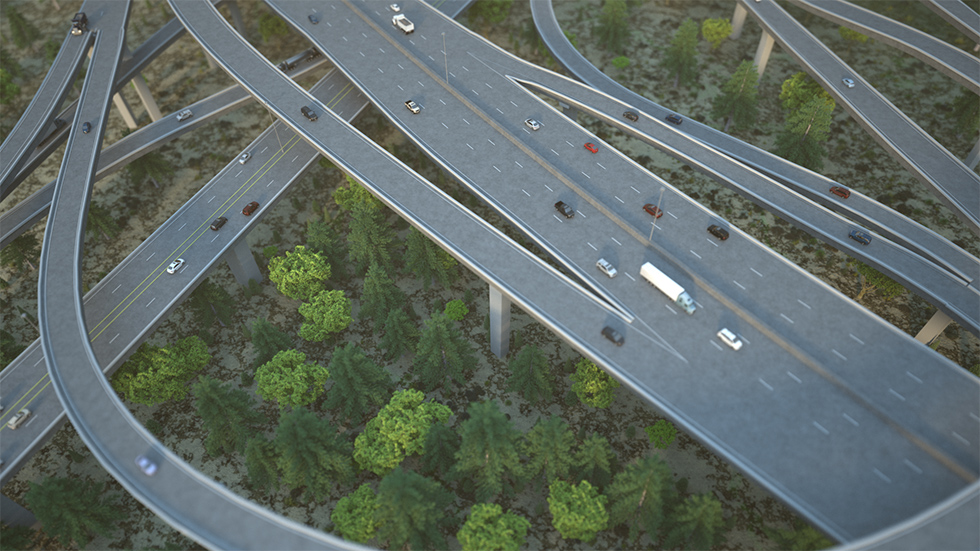iViz’s 3-Step Process for Creating Industrial 3D Animations
by Nathan | 8 years ago

Special relativity, quantum mechanics and imaginary numbers …
They’re all dreadfully complex, and because of it, routinely have people pulling their hair out. I’ve tried my hand at each, and admittedly, to the surprise of few, was unable to wrap my head around their unique concepts.
For the sake of today’s conversation, though, I’m going to add another tough-to-tackle topic to the list of aforementioned items—civil engineering.
The good news with this one, though?
Thanks to the 3D animation work I’ve performed at Industrial Visualizations (iViz), not only do I better understand the discipline, but I’m able to help others do the same through the projects I take on …
Talk about a success story, right?
Here’s what’s so cool about all of this—iViz’s 3D industrial animations are able to take complex feats of civil engineering, and make them easy-to-understand for just about anybody.
But what about those of you on the outside looking in?
For you, though civil engineering is something you deal with on a daily basis, 3D animation might seem confusing. Trust me on this one—it’s not.
In fact, iViz’s process for creating 3D animations is about as straightforward as they come.
Seriously, check it out:
* Step #1: You Hand Over a Few Files
Here at iViz, our clients are welcome to be as involved in the 3D animation process as they like.
Some would rather leave just about everything to us, while others prefer a more hands-on approach. Either way, we’re happy to accommodate any kind of working relationship.
That said, whatever you ultimately decide to do, we do ask that you lend us a helping hand right from the get-go by supplying us with any CAD files you’re already using.
Be they AutoCad, SolidWorks or Bentley MicroStation, we’ll regularly be referencing them.
* Step #2: We Get to Work on a Design
Those files we just mentioned?
They won’t be collecting digital dust in some remote corner of our office—not a chance.
Instead, we’ll use them to design a 3D animation that’s accurately, succinctly and effectively able to transmit the purpose of your engineering project.
Remember, your 3D animation is ultimately being used to help team members, taxpayers and investors internalize what it is that you’re looking to accomplish with your next large-scale undertaking.
* Step #3: You Receive a Real-Life, 3D Animation
Once the basic framework is in place, all that’s left for us to do is design and deliver a vivid, extensive 3D representation of your project’s vision.

Through your new, state-of-the-art deliverable, you’ll be better able to communicate with non-engineers, obtain funding and gain the confidence of your target community.
An Incredible Industrial 3D Animation to Call Your Own
Simpler than you thought, huh? See what I mean?
Civil engineering and 3D animation might be complex, but when the two join forces, the process is as simple as one, two, three—that’s all there is to it.
Even better, the end result is fantastic.
Here’s what I’m talking about:
What do you think of the animation?
I’m always open to feedback, so hit me with a thought or two in the comments section below. Or, if you’d rather communicate directly with iViz, feel free to click here.
As always, thanks for taking the time to check out my stuff—talk soon!


 0
0
